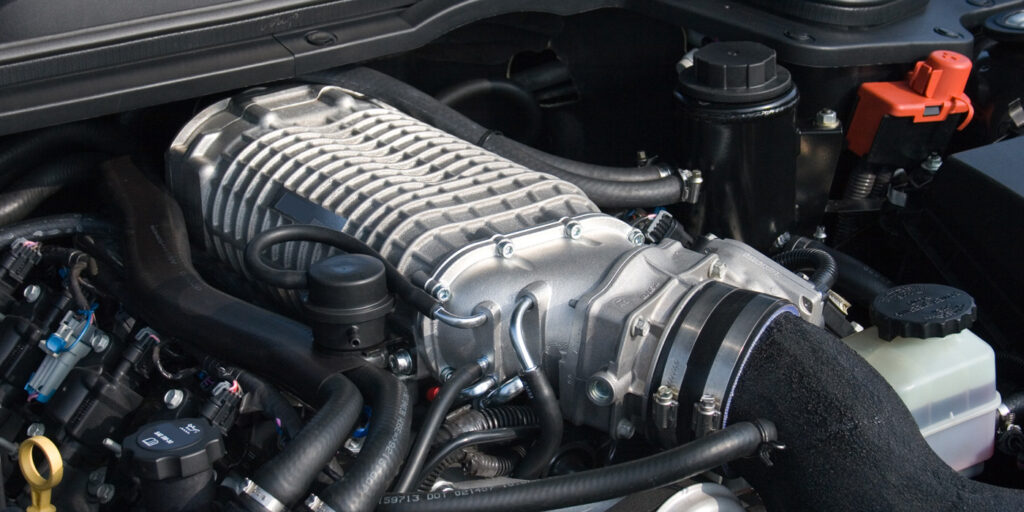By Larry Carley
Technical Editor
Spark plugs are the business end of the ignition system. The electrodes at the tip of the plug are located inside the combustion chamber of each cylinder. When the ignition system sends a jolt of high voltage current to the plug, a spark jumps across the gap. This ignites the air/fuel mixture to produce power and keep the engine running.
The spark plugs are working hard the entire time the engine is running. From the first moment the engine is cranked until it is turned off, the plugs are firing away like crazy. On most applications, each spark plug fires once every other revolution of the crankshaft. At idle, each spark plug in a four-cylinder engine will fire five times a second. At 60 mph, those same spark plugs will be zapping away at a rate of 25 to 30 times a second.
The plugs have to keep this up mile after mile and year after year. But all spark plugs eventually wear out — even long-life plugs.
A PLUG’S LIFE
Electrode wear is just one of the factors that determines the service life of a spark plug. Every time the plug fires, a tiny bit of metal erodes away from the electrodes. Over time, this widens the gap between the electrodes and increases the voltage the ignition system must produce to create a spark. If the electrode gap gets too wide, the plug may misfire causing a loss of performance and fuel economy and a big increase in emissions.
Under normal driving conditions, a set of standard spark plugs will usually go 35,000 to 45,000 miles. Refer to the vehicle owner’s manual for the recommended replacement interval.
Long-life plugs, which have center electrodes made of wear-resistant metals such as platinum or iridium, can typically go up to 100,000 miles before replacement is recommended. Plugs with platinum on both the center and ground electrodes (“double” platinum plugs) or those with multiple ground electrodes experience even less wear than plugs with a single platinum or platinum-tipped electrode.
MISSION: RESIST FOULING
One thing all types of spark plugs must do is resist fouling. The trick here is to keep the electrodes hot enough to burn off fouling deposits, but not so hot that they cause preignition. To burn off carbon deposits, the center electrode needs to reach about 700 degrees F quickly. But if it gets too hot (above 1,500 degrees F), it may ignite the fuel before the spark occurs, causing preignition and detonation. For most plugs, the ideal operating temperature is around 1,200 degrees F.
The temperature of the electrodes is controlled by the length of the ceramic insulator that surrounds the center electrode and the design of the electrode itself. Ceramics do not conduct heat very well, so an insulator with a relatively long nose will conduct heat away from the electrode more slowly than one with a relatively short nose. The longer the path between the electrode and the surrounding plug shell, the slower the rate of cooling and the hotter the plug.
A spark plug’s “heat range” (heat rating), depends on the length of the ceramic insulator and the design of the center electrode. The heat range must be carefully matched to the engine application otherwise the plugs may experience fouling problems at idle or run too hot under the load, causing preignition and detonation. Most plugs today have a relatively broad heat range thanks to the copper core center electrode described earlier. This allows the plugs to reach a self-cleaning temperature quickly and also prevents them from overheating.
If one or more spark plugs are fouled and misfiring, the engine needs a new set of spark plugs. New plugs will restore reliable ignition performance, make starting easier and improve fuel economy and emissions. But if the engine is burning oil because of worn valve guides/seals and/or rings/cylinders, fouling may continue to be a problem. Frequent short-trip driving where the engine never runs long enough to keep the plugs clean can also cause plug fouling. The cure here is easy: just make an occasional trip at highway speeds to burn the plugs clean.
Replacement plugs must have the same threads (metric or SAE), same diameter and seat configuration as the original. The “reach” or distance the electrodes protrude into the combustion chamber must also be compatible with the engine to prevent physical damage to the plugs or pistons. The configuration of the electrodes or electrode materials can be different — and will probably be different than the original plugs if another brand of style of spark plugs are used.











